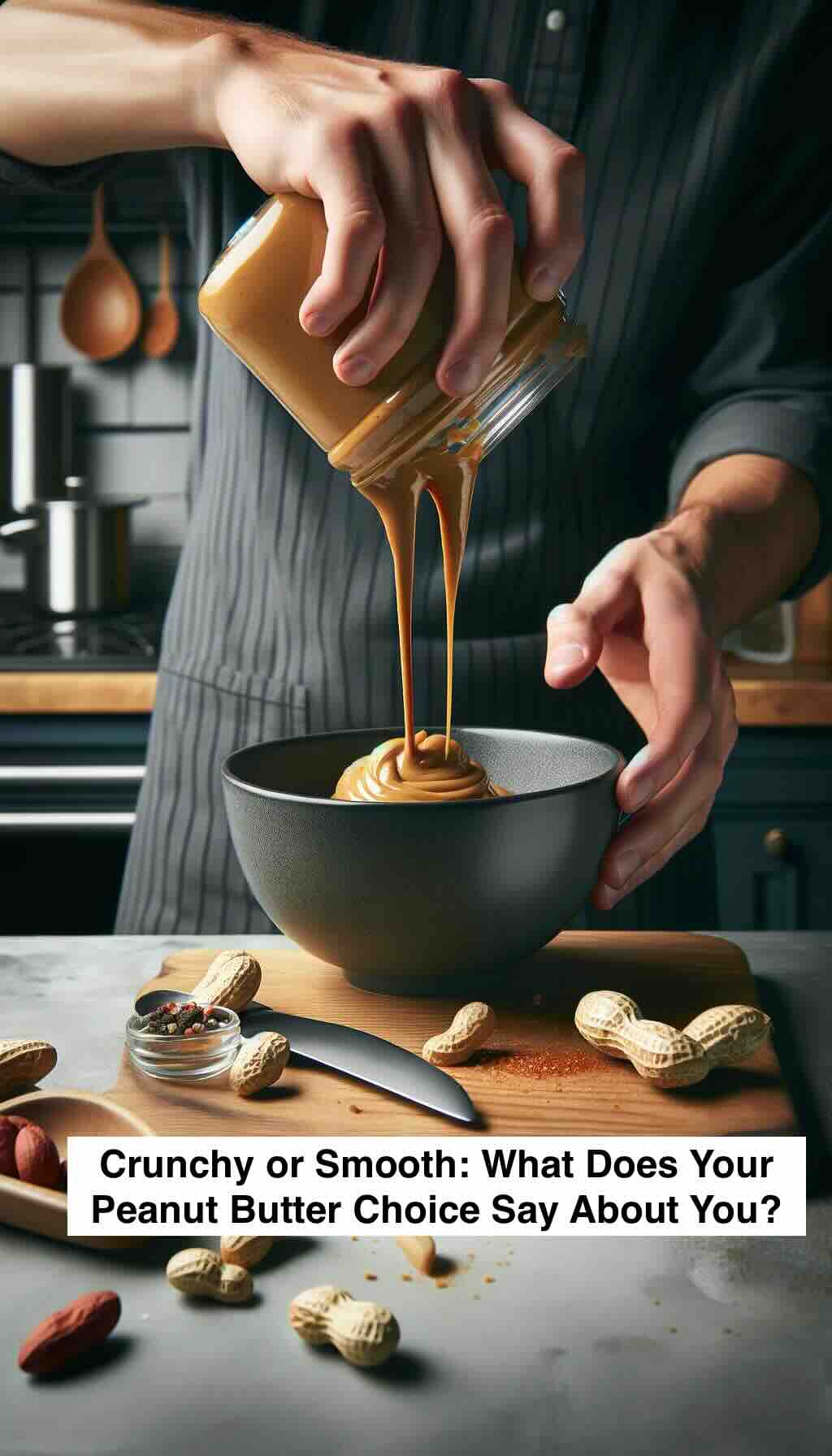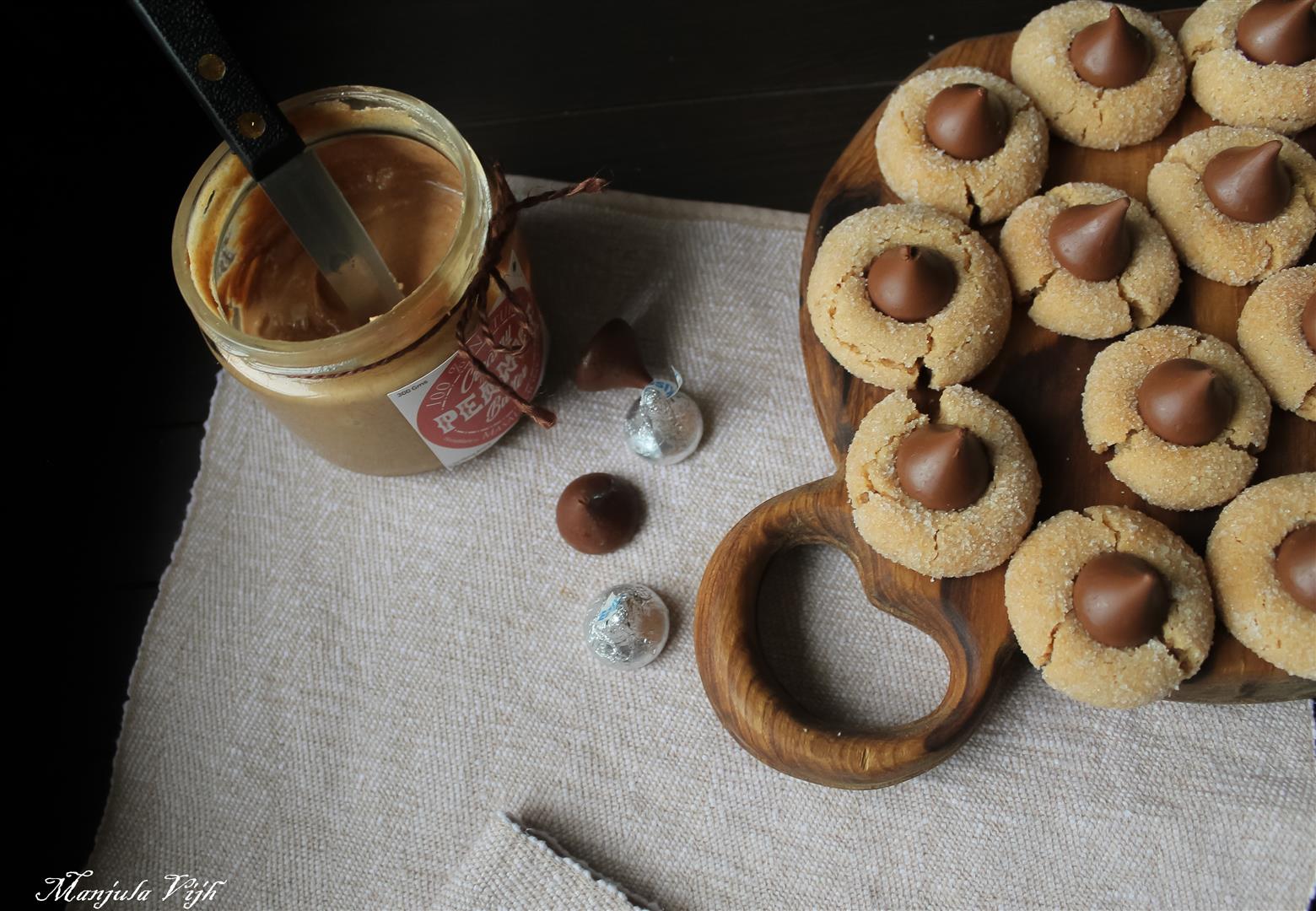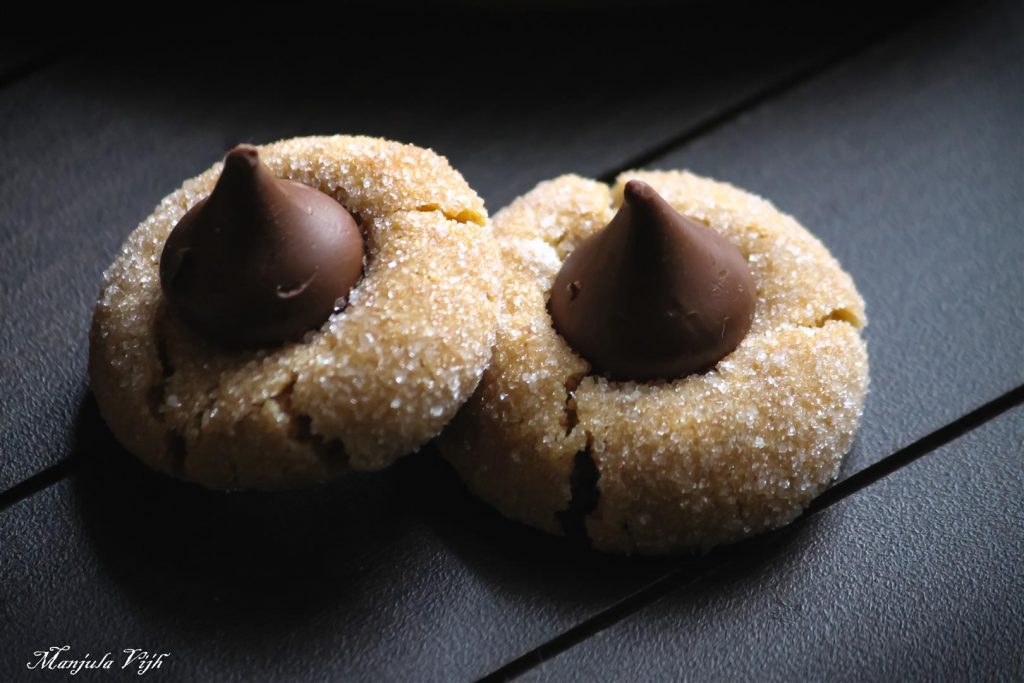
Gastroesophageal reflux disease (GERD), commonly known as acid reflux or heartburn, is a condition that millions around the world grapple with daily. It can cause significant discomfort, disrupting everyday activities. A critical aspect of managing these symptoms is understanding the dietary triggers that can worsen acid reflux and heartburn. This post will provide a comprehensive look at some popular foods and their potential impacts on these conditions.
[ez-toc]
Foods to Avoid with Acid Reflux and Heartburn
In managing acid reflux and heartburn, understanding which foods to avoid is as important as knowing which foods to consume. This section provides a detailed examination of various types of food that can potentially trigger or worsen these conditions.
High-Fat Foods
High-fat foods are known to slow down the digestion process, leading to an increased pressure in the stomach that can cause acid reflux. These foods include fatty cuts of meat like beef, pork, and lamb, high-fat dairy products like whole milk, butter, and cheese, and fried or greasy foods.
Acidic Foods and Beverages
Acidic foods and drinks can irritate the lining of the esophagus and stomach, leading to increased acid production and subsequently, heartburn. This includes citrus fruits like oranges and grapefruits, and their juices, tomatoes and tomato-based products like ketchup and pasta sauce, as well as vinegar and products containing vinegar.
Spicy Foods
Spicy foods are known to be a common trigger for heartburn. They can irritate the lining of the stomach and esophagus, leading to an increase in stomach acid production. Foods like chili, hot sauce, horseradish, and pepper should be limited or avoided if they trigger your symptoms.
Alcohol
Alcohol can relax the lower esophageal sphincter (LES), the muscle that prevents stomach acid from flowing back up into the esophagus, and can also cause the stomach to produce more acid. Both of these effects can lead to heartburn. It might be beneficial to limit your alcohol intake or avoid it altogether.
Caffeinated and Carbonated Beverages
Caffeine can stimulate the secretion of stomach acid, which can lead to acid reflux. Carbonated beverages, on the other hand, can cause bloating, leading to increased pressure in the stomach and the possibility of reflux. This category includes coffee, tea, energy drinks, soda, and other fizzy drinks.
Chocolate
Chocolate, much to the disappointment of many, can trigger acid reflux. It contains a compound called methylxanthine, which can relax the LES and allow stomach acid to reflux into the esophagus.
Onions and Garlic
These flavorful vegetables can be a double-edged sword. While they add flavor and have many health benefits, they are also known to cause heartburn in some people. Both onions and garlic can relax the LES, leading to acid reflux.
Peppermint
Peppermint, despite its soothing properties, can be a trigger for acid reflux. Like chocolate, it contains compounds that can relax the LES and lead to reflux.
Processed Foods
Processed foods are often high in fat and sodium, both of which can trigger acid reflux. They can also contain additives and preservatives that can irritate the stomach lining. This includes fast food, processed meats, and packaged snacks.
High-Sugar Foods and Drinks
Sugar can cause inflammation in the esophagus and stomach, leading to increased acid production. Foods and drinks high in sugar should be limited, including candy, sweetened cereals, pastries, and sugary drinks.
Understanding these potential triggers is an essential part of managing your symptoms. However, it’s crucial to remember that everyone’s body reacts differently, and a food that triggers one person’s acid reflux might not trigger yours. It can be helpful to keep a food diary to identify your personal triggers. Always consult with a healthcare professional for personalized advice.
Peanut Butter and Acid Reflux: Is It a Hidden Culprit?
Peanut butter, despite its numerous health benefits, can sometimes contribute to acid reflux. Its high fat content can slow stomach emptying and put pressure on the lower esophageal sphincter (LES), causing stomach acids to reflux into the esophagus. This doesn’t mean you should eliminate it entirely from your diet, but moderation and monitoring your body’s reactions can help manage your symptoms.
Peanuts and peanut butter are staples in many diets. They’re packed with protein and healthy fats, making them a satisfying snack or addition to meals. However, if you’re dealing with acid reflux, you might be wondering if these nutty treats are a friend or foe. Let’s break it down:
Do Peanuts Cause Acid Reflux?
- Naturally, peanuts do not create acid reflux. However, they are a rich source of fat, and for individuals with certain health issues, this could potentially trigger acid reflux symptoms.
- It’s important to note that while peanuts are high in fat, they fall under the “healthy fats” category.
Does Peanut Butter Cause Acid Reflux?
- Peanut butter generally doesn’t cause acid reflux. However, individual reactions can vary.
- If you’re unsure about how peanut butter might affect your acid reflux, consider eating small amounts at first and slowly incorporating it into your diet while monitoring your symptoms.
Are Peanuts and Peanut Butter Bad for Acid Reflux?
- While peanuts and peanut butter are not inherently bad for acid reflux, they could potentially exacerbate symptoms in individuals sensitive to high-fat foods.
- If you notice a consistent pattern of heartburn after eating peanuts or peanut butter, it may be best to limit your intake.
Can Peanuts and Peanut Butter Cause Heartburn?
- Peanuts and peanut butter can cause heartburn in some individuals.
- This is likely due to their high fat content, which can slow down digestion and increase pressure on the lower esophageal sphincter, causing stomach acids to reflux into the esophagus.
Are Peanuts and Peanut Butter Good for Acid Reflux?
- Peanuts and peanut butter, when consumed in moderation, can be part of a balanced diet that shouldn’t exacerbate acid reflux symptoms for most individuals.
- However, everyone is different, and what works for one person may not work for another. It’s always best to listen to your body and adjust your diet accordingly.
Remember, while peanuts and peanut butter are generally safe for most people, they can cause issues for some. If you’re dealing with acid reflux or heartburn, it’s always a good idea to monitor your symptoms and discuss your diet with a healthcare professional.
Bread and Acid Reflux: A Potential Trigger?
While whole grain and high-fiber bread can help with acid reflux by aiding digestion and reducing pressure on the LES, white and other refined bread could be potential triggers. They lack fiber and can cause a spike in blood sugar, leading to increased acid production. Opt for whole grain alternatives to reduce potential discomfort.
Bread, a common staple in many diets, can have a complex relationship with acid reflux. While certain types of bread may exacerbate acid reflux symptoms, others can help manage them. In this section, we’ll explore why bread can cause heartburn and how to choose the right type of bread if you’re dealing with acid reflux.
The Issue with Bread and Acid Reflux
White bread and other refined bread types are high in carbohydrates, which can be difficult for some people to digest. This can lead to an increase in gastric acid production, which can trigger acid reflux. If you’ve been wondering, “why does bread give me heartburn?” or “can bread cause heartburn?”, this could be the reason.
Choosing the Right Bread for Acid Reflux
If you’re dealing with acid reflux, it’s important to choose the right type of bread. Whole grain or whole wheat breads are generally the best choices. Here’s why:
- Whole Grain Bread: Whole grain bread is made from unrefined grains that contain all parts of the grain — the bran, germ, and endosperm. These grains are high in dietary fiber, which can aid digestion and help prevent acid reflux.
- Whole Wheat Bread: Similar to whole grain bread, whole wheat bread is high in dietary fiber, making it a good choice for those with acid reflux.
- Multigrain Bread: Multigrain bread, made from multiple types of grains such as wheat, oats, barley, and flax, can provide a wider range of nutrients and fiber, which can help manage acid reflux symptoms.
Bread Types to Avoid
Not all breads are created equal when it comes to acid reflux. White bread and other refined breads lack fiber and can cause a spike in blood sugar, leading to increased acid production. These types of bread are best avoided if you suffer from acid reflux.
Toast and Acid Reflux
Toasting bread, especially when it’s made from whole grain or whole wheat bread, can make it easier to digest, which can help manage acid reflux symptoms. So, if you’re wondering, “will toast help acid reflux?”, the answer is likely yes, provided it’s the right kind of bread.
White Bread and Acid Reflux
White bread can give you heartburn as it lacks fiber and can cause a spike in blood sugar, leading to increased acid production. If you’re dealing with acid reflux, it’s best to avoid white bread.
Eating Bread to Help with Heartburn
Whole grain or whole wheat bread can help with heartburn due to their high fiber content, which aids digestion and reduces pressure on the lower esophageal sphincter. If you’re looking for a bread type that can help manage your heartburn symptoms, consider these options.
Popcorn and Acid Reflux: A Surprisingly Complex Connection
Popcorn, a beloved snack for many, has a surprisingly complex relationship with acid reflux. While it might seem like a harmless, light snack, the reality is a bit more nuanced.
Can Popcorn Cause Acid Reflux?
Yes, popcorn can indeed be a trigger for acid reflux, but it largely depends on how it’s prepared. Popcorn is often associated with high-fat toppings like butter or oil, which can relax the lower esophageal sphincter (LES). The LES is a muscle that separates the stomach from the esophagus. When it’s relaxed, stomach acid can more easily flow back up into the esophagus, causing heartburn.
Read more about Is Popcorn Safe for Acid Reflux, Heartburn, and GERD?
Does Popcorn Cause Heartburn?
Again, the answer is yes and no. Plain, air-popped popcorn that’s unsweetened can be a healthy snack for people with acid reflux. However, once it’s drowned in butter or sprinkled with salt, it can become a potential trigger. The high fat and sodium content can stimulate stomach acid production and relax the LES, promoting acid reflux.
Is Popcorn Bad for Acid Reflux?
Not necessarily. The key is in the preparation. Air-popped popcorn without any added butter or salt is generally safe for those with acid reflux. However, popcorn that’s loaded with butter, oil, or salt can potentially trigger acid reflux.
Can Popcorn Cause Heartburn?
As with acid reflux, whether popcorn causes heartburn or not depends on how it’s prepared. Plain, air-popped popcorn is unlikely to cause heartburn. However, popcorn that’s loaded with butter, oil, or salt can potentially trigger heartburn.
While popcorn can potentially trigger acid reflux and heartburn, it’s not inherently bad. The key is in the preparation. Opt for air-popped popcorn without any added butter or salt, and you should be able to enjoy this snack without any issues. However, if you notice that popcorn triggers your symptoms, it might be best to avoid it. As always, listen to your body and consult with a healthcare professional if you have any concerns.
Watermelon and Heartburn: A Delightful Summer Treat or a Hidden Trigger?
Watermelon, a favorite summer fruit, is often a topic of discussion among those dealing with acid reflux. Its high water content and refreshing taste make it a popular choice, but how does it interact with acid reflux symptoms? Let’s dive into this topic.
The Good: Watermelon’s Cooling Properties
Watermelon is known for its cooling properties and high water content, which can help hydrate the body and potentially reduce stomach pH levels. It’s considered a low-acid food, with a pH level between 5 and 6 when unripe, and up to 9 when fully ripe. This makes it a great option for those looking to avoid acidic reflux and other stomach problems.
The Potential Issue: High FODMAP Content
However, it’s important to note that watermelon is high in fructose, fructans, and polyols, which are FODMAPs (Fermentable Oligosaccharides, Disaccharides, Monosaccharides, and Polyols). These are types of carbohydrates that some people find hard to digest. In individuals sensitive to FODMAPs, consuming watermelon could potentially lead to digestive discomfort.
The Verdict: Individual Responses Vary
Like many foods, the impact of watermelon on acid reflux symptoms can vary from person to person. While some may find relief in its cooling properties and low acidity, others may experience discomfort due to its high FODMAP content.
Tips for Consumption
If you enjoy watermelon and are dealing with acid reflux, consider these tips:
- Monitor Your Body’s Response: Pay attention to how your body reacts after consuming watermelon. If you notice an increase in acid reflux symptoms, it might be best to limit your intake.
- Consider Portion Sizes: Eating large quantities of watermelon, especially alongside a large meal, can lead to a feeling of fullness and potentially trigger reflux. Try consuming smaller portions spread throughout the day.
- Consult a Healthcare Professional: If you’re unsure about whether watermelon should be a part of your diet, it’s always best to consult with a healthcare professional. They can provide personalized advice based on your specific health needs.
Remember, everyone’s body is unique, and what works for one person may not work for another. It’s all about finding what works best for you and your body.
Garlic and Acid Reflux: A Flavorful Yet Potentially Damaging Ingredient
Garlic, a staple in many cuisines worldwide, is known for its numerous health benefits. However, its relationship with acid reflux is complex and can depend on the individual’s body response and the form in which garlic is consumed.
- Garlic can be a potential trigger for acid reflux.
- Garlic can relax the lower esophageal sphincter, a muscle that acts as a barrier between the stomach and the esophagus.
- When this muscle relaxes, it can allow stomach acid to flow back into the esophagus, causing acid reflux symptoms.
Raw vs Cooked Garlic
The form in which garlic is consumed can also play a role in how it affects acid reflux.
- Raw garlic is more likely to cause acid reflux problems than cooked garlic.
- Opting for cooked garlic in smaller portions may be a better option for those who suffer from acid reflux.
Garlic: A Potential Remedy for Acid Reflux
On the other hand, some studies suggest that garlic can be beneficial for those suffering from acid reflux.
- Garlic promotes the growth of healthy bacteria in the stomach that can combat Helicobacter pylori, a microorganism that can cause inflammation of the stomach lining leading to reflux.
Garlic’s Active Compounds
Garlic contains the enzyme allinase and alliin, an amino acid.
- When garlic is crushed or chopped, these compounds interact to produce allicin, which is thought to be the main active ingredient in garlic.
- Allicin has antimicrobial properties that can help keep your gut health in check, potentially reducing acid reflux symptoms.
Personalized Approach
The relationship between garlic and acid reflux is not straightforward and can depend on various factors, including the individual’s body response and the form in which garlic is consumed.
- If you have acid reflux and are considering adding garlic to your diet, it may be best to start with small amounts of cooked garlic and observe how your body reacts.
- As always, it’s a good idea to consult with a healthcare provider before making any significant changes to your diet, especially if you have a condition like acid reflux.
Ice Cream and Acid Reflux: A Sweet Indulgence with Potential Repercussions
Ice cream, a universally beloved treat, often raises questions when it comes to acid reflux. Its creamy, cooling texture might seem like the perfect remedy for heartburn, but the reality is a bit more complex. Let’s explore this in more detail.
The Potential Problem: High Fat Content
Ice cream is typically high in fat, especially if it’s a premium or super-premium variety. High-fat foods can slow down digestion, leading to increased pressure within the stomach. This can potentially cause the lower esophageal sphincter (LES) to relax, allowing stomach acid to rise up into the esophagus, triggering acid reflux symptoms.
The Verdict: Individual Responses Vary
Like many foods, the impact of ice cream on acid reflux symptoms can vary greatly from person to person. Some people might find that ice cream exacerbates their symptoms due to its high fat content, while others may not experience any discomfort.
Tips for Consumption
If you’re an ice cream lover dealing with acid reflux, here are some tips to consider:
- Monitor Your Body’s Response: Pay close attention to how your body reacts after consuming ice cream. If you notice an increase in acid reflux symptoms, it might be best to limit your intake.
- Consider Low-Fat or Dairy-Free Alternatives: Low-fat ice cream or dairy-free alternatives (like almond, coconut, or soy-based ice creams) may be less likely to trigger acid reflux symptoms.
- Choose Your Flavors Wisely: Certain flavors, like chocolate or mint, can potentially exacerbate acid reflux symptoms due to their specific properties. Chocolate contains a compound called methylxanthine, which can relax the LES, while mint can also lead to LES relaxation. Opt for flavors like vanilla or strawberry, which are less likely to trigger symptoms.
- Watch Your Portion Sizes: Large portions of ice cream can contribute to feelings of fullness, which can potentially trigger reflux. Try to stick to smaller servings to minimize this risk.
Remember, everyone’s body is unique, and what works for one person may not work for another. It’s all about finding what works best for you and your body. Always consult with a healthcare professional for personalized advice.
Eggs and Acid Reflux: A Nutrient-Rich Food with Potential Drawbacks
Eggs are a staple in many diets due to their high protein content and versatility in various dishes. However, for individuals with acid reflux or gastroesophageal reflux disease (GERD), the relationship between egg consumption and these conditions can be a bit complex. Here, we answer some common questions about eggs and these conditions.
Why Do Eggs Cause Acid Reflux or Heartburn?
Eggs, particularly the yolks, are high in fat. This can:
- Slow down the digestion process, leading to a longer period of stomach acid production
- Potentially lead to increased pressure in the stomach, which can cause acid to flow back into the esophagus
- Cause acid reflux in some individuals, especially when consumed in large quantities or frequently
If you’re wondering why eggs might cause heartburn or indigestion, it’s primarily due to their high fat content, which can slow down digestion and increase stomach pressure. This can lead to acid reflux, a common cause of heartburn.
Can You Eat Eggs If You Have Acid Reflux?
The answer to this question largely depends on individual reactions to eggs. Some people might:
- Tolerate eggs without any issues, enjoying them as a part of their regular diet
- Experience a worsening of their acid reflux symptoms after eating eggs, requiring them to limit their egg consumption
If you’re asking, “Can eggs give you acid reflux?” or “Can eggs cause acid reflux?”, the answer is yes, they can, particularly if consumed in large amounts or very frequently. However, this doesn’t mean you should eliminate eggs entirely from your diet. The key is to observe how your body reacts to eggs and adjust your diet accordingly.
Are Eggs Good or Bad for Heartburn and GERD?
Reactions to eggs can vary from person to person. While some people may find that eggs exacerbate their symptoms, others may not experience any negative effects. If eggs worsen your symptoms, consider:
- Limiting your intake, perhaps by reducing the number of times you eat eggs per week
- Trying different preparation methods, such as boiling instead of frying, to reduce the fat content
Is a Boiled Egg Bad for Acid Reflux?
Boiled eggs are generally less likely to cause acid reflux compared to fried or scrambled eggs because they are lower in fat. However, even boiled eggs can cause issues for some people. If you notice discomfort after consuming boiled eggs, consider:
- Limiting their use in your meals, or
- Trying other preparation methods, such as poaching or scrambling, which might be easier on your stomach
In conclusion, while eggs can be a healthy addition to most diets, they can exacerbate acid reflux symptoms in some individuals. It’s essential to monitor your body’s response and adjust your diet accordingly. Always consult with a healthcare professional for personalized advice.
Bananas and Heartburn: Are They Always Safe?
Bananas are generally considered safe for those with GERD. However, some people may experience heartburn after consuming them, possibly due to their natural sugar content which can ferment in the stomach and increase gas production and bloating. If bananas trigger symptoms for you, consider limiting your intake.
Lettuce and Acid Reflux: Is There More Than Meets the Eye?
Lettuce, being low in acid and high in fiber, is usually well-tolerated by individuals with GERD. However, if consumed as part of a high-fat salad with heavy dressings, it can lead to symptoms. Opt for light, homemade dressings and monitor your body’s reactions to better manage your symptoms.
Fruit and Heartburn: Healthy but Potentially Triggering
Most fruits are a healthy choice, but some can trigger heartburn due to their acid content. Citrus fruits like oranges, grapefruits, and acidic fruits like tomatoes, can potentially increase stomach acid and induce heartburn. Limit these fruits if they trigger symptoms.
Pineapple and Heartburn: An Unexpected Trigger?
Pineapple, despite its myriad health benefits, can trigger heartburn due to its high acidity. Its bromelain enzyme can potentially lead to increased stomach acid. If you notice symptoms after consuming pineapple, consider cutting down on your intake.
Cheese and GERD: Delicious but Potentially Dangerous
Cheese, a favorite in many diets, can be a bit of a puzzle for those dealing with acid reflux. Its impact on GERD symptoms can vary based on the type of cheese, the amount consumed, and the individual’s sensitivity. Let’s delve into this topic to provide some clarity.
The Potential Risks of Cheese
- High-Fat Content and Acid Reflux: Cheese, particularly high-fat varieties, can exacerbate GERD symptoms. The high fat content can relax the Lower Esophageal Sphincter (LES), the muscle that prevents stomach acid from flowing back up into the esophagus. This relaxation can allow stomach acid to rise up into the esophagus, triggering acid reflux.
- Cheese as a Trigger: Can cheese cause acid reflux? Yes, it can. High-fat foods, including cheese, can potentially trigger acid reflux. The high fat content can lead to a relaxation of the LES, which can then allow stomach acid to rise up into the esophagus.
Cheese Varieties and Their Impact
- Low-Fat Cheese for GERD: Low-fat cheese is a better option for those with GERD. It has less fat content, which means it’s less likely to relax the LES and cause acid reflux.
- Cottage Cheese and Acid Reflux: Is cottage cheese good for acid reflux? Cottage cheese is generally lower in fat than other types of cheese, making it a potentially safer choice for individuals with acid reflux. However, individual responses can vary, and it’s important to monitor your symptoms.
Making Cheese Work in Your Diet
- Moderation is Key: Cheese can be both good and bad for acid reflux, depending on the type, amount, and when you eat it. If you have acid reflux, it’s important to choose low-acid, low-fat, high-calcium, and low-lactose cheeses and eat them in moderation, at the right time, and with the right foods.
- Listen to Your Body: Always listen to your body and adjust your diet accordingly. If you notice that cheese triggers your acid reflux, it may be best to limit its consumption or opt for low-fat varieties.
- Consult a Healthcare Professional: Always consult with a healthcare professional for personalized advice. They can provide guidance based on your specific symptoms and dietary needs.
Mayonnaise and GERD: Can It Worsen Symptoms?
Mayonnaise, a common ingredient in many kitchens, often raises questions when it comes to dietary triggers for GERD and acid reflux. Its creamy texture and rich flavor make it a popular addition to sandwiches, salads, and dips. But how does it impact those dealing with GERD or acid reflux? Let’s explore.
Does Mayonnaise Cause Acid Reflux or Heartburn?
- Mayonnaise is high in fats, which can slow down digestion and potentially lead to acid reflux.
- If you’re wondering “Does mayonnaise cause acid reflux?” or “Can mayo cause heartburn?“, the answer is yes, it can, particularly if consumed in large amounts or very frequently.
Is Mayonnaise Good for Acid Reflux?
- While mayonnaise can trigger acid reflux due to its high-fat content, everyone’s body reacts differently.
- Some people might find that mayonnaise doesn’t aggravate their symptoms, especially when consumed in moderation.
- However, if you notice a consistent pattern of heartburn or acid reflux after eating mayonnaise, it may be best to limit its use in your meals.
Best Mayonnaise for Acid Reflux
- If you’re looking for the “best mayonnaise for acid reflux“, consider opting for lighter versions of mayonnaise that are lower in fat.
- There are also mayonnaise alternatives available, such as avocado-based spreads and yogurt-based spreads, which could be less likely to trigger symptoms.
Can Mayonnaise Give You Heartburn?
- To the query “Can mayonnaise give you heartburn?”, remember that heartburn is a common symptom of acid reflux.
- If mayonnaise triggers acid reflux, it could indeed lead to heartburn.
In managing GERD or acid reflux, it’s worth monitoring your body’s response to mayonnaise. As with all foods, moderation is key, and finding what works best for your body is crucial. Always consult with a healthcare professional for personalized advice.
Frequently Asked Questions
- Does peanut butter cause acid reflux and heartburn? While some people may experience acid reflux after consuming peanut butter, others do not. It varies from person to person, but if you notice a consistent pattern of heartburn after eating peanut butter, it may be best to avoid it.
- Is bread bad for acid reflux and heartburn? Refined, white bread can contribute to acid reflux. Opt for whole grains instead, as they are less likely to trigger symptoms.
- Can popcorn cause heartburn? Popcorn itself is not typically a trigger for acid reflux or heartburn. However, the added butter or oil can cause these conditions.
- Does watermelon cause heartburn? Watermelon is generally safe for those with acid reflux. However, individual reactions vary, and if watermelon worsens your symptoms, it’s best to avoid it.
- Is garlic bad for acid reflux? Garlic is a known trigger for acid reflux. If it worsens your symptoms, consider using other herbs and spices to flavor your food.
- Is ice cream bad for acid reflux? Ice cream, being high in fat, can trigger acid reflux. Low-fat options or dairy-free alternatives may be a better choice.
- Do eggs cause acid reflux? Eggs can cause acid reflux in some individuals, particularly when fried or hard-boiled. Try poaching or scrambling them instead.
- Can bananas cause heartburn? Typically, bananas are considered good for heartburn as they have a low acid content. However, individual responses can vary.
- Is lettuce bad for acid reflux? Generally, lettuce is not a common trigger for acid reflux. If it exacerbates your symptoms, it might be best to exclude it from your diet.
- Do fruits cause heartburn? Some fruits, particularly those high in acid like citrus fruits, can cause heartburn. Other fruits, like bananas and melons, are typically safe.
- Is pineapple bad for acid reflux? Pineapple has high acidity, which may trigger acid reflux. If you experience symptoms after eating pineapple, consider avoiding it.
- Is cheese bad for acid reflux? Cheese, especially processed or high-fat varieties, can trigger acid reflux. Try low-fat cheese as an alternative.
- Does mayonnaise cause heartburn? Mayonnaise is high in fats, which can slow digestion and potentially lead to acid reflux. Consider using lighter dressings or condiments.
Conclusion
Diet plays a crucial role in managing GERD symptoms, and understanding your personal triggers is key. While the foods mentioned can worsen acid reflux and heartburn, remember that everyone is unique, and the same foods might not trigger symptoms for everyone. A food diary can be a great tool to understand your triggers. Always consult with a healthcare professional for personalized advice.



















